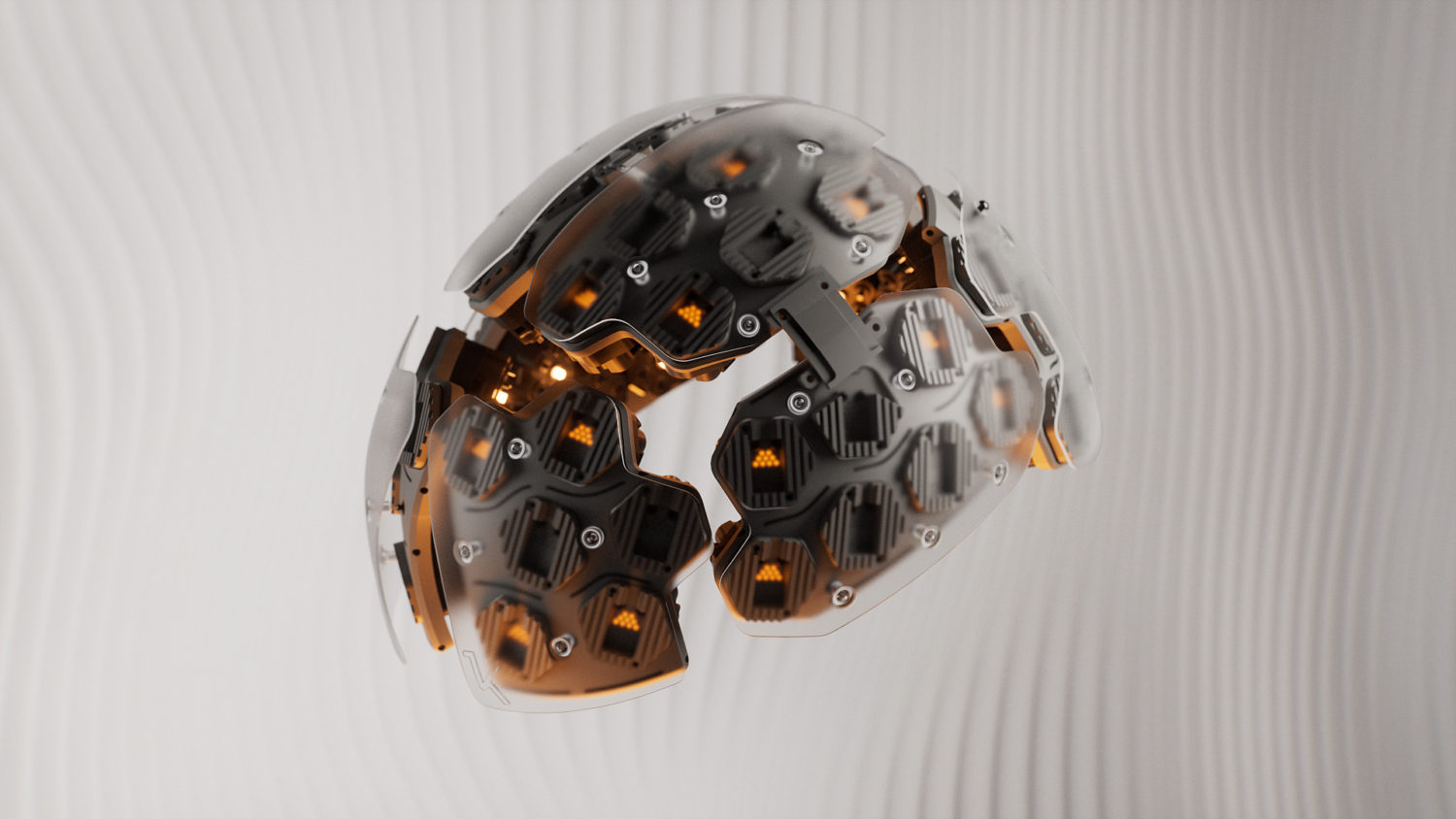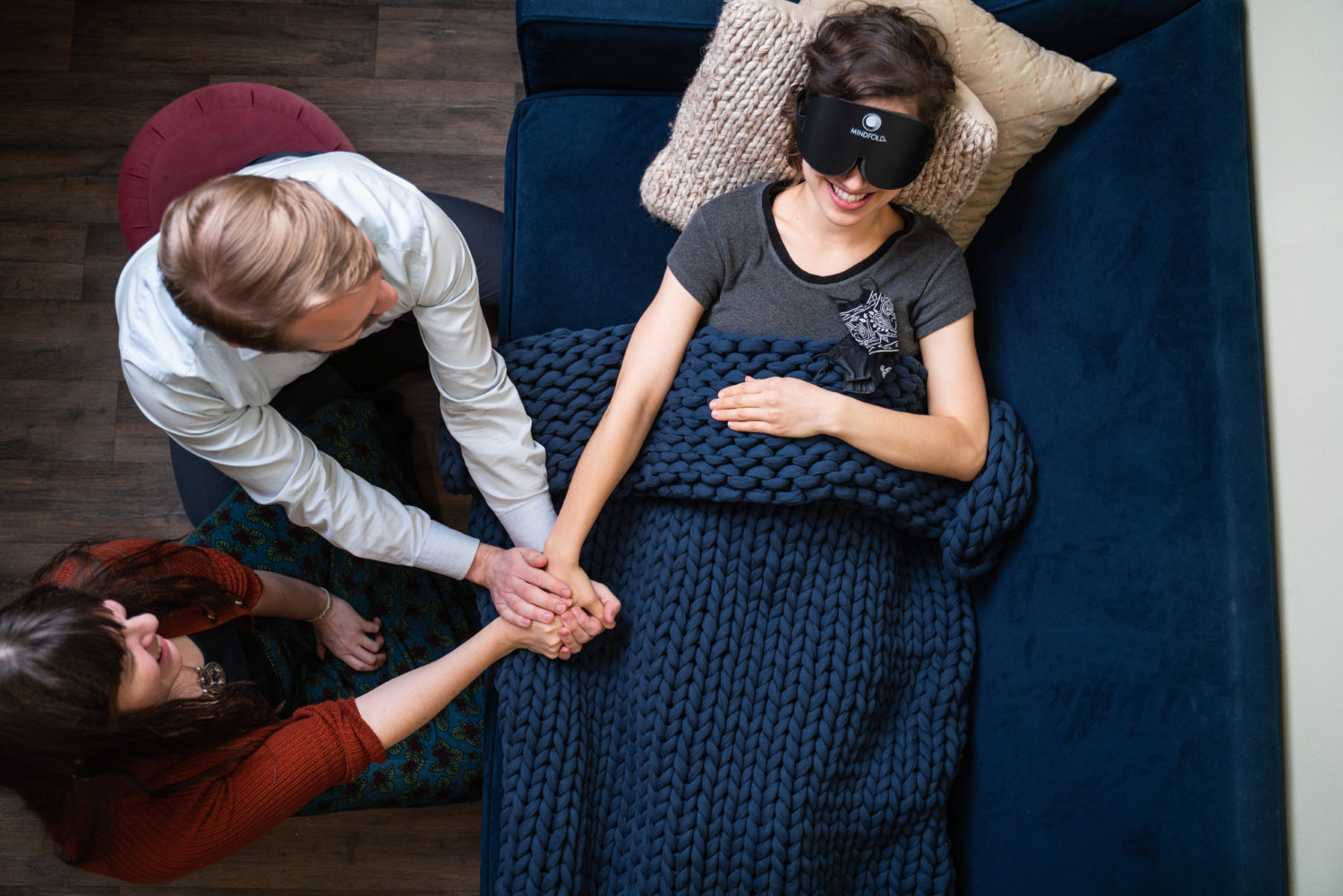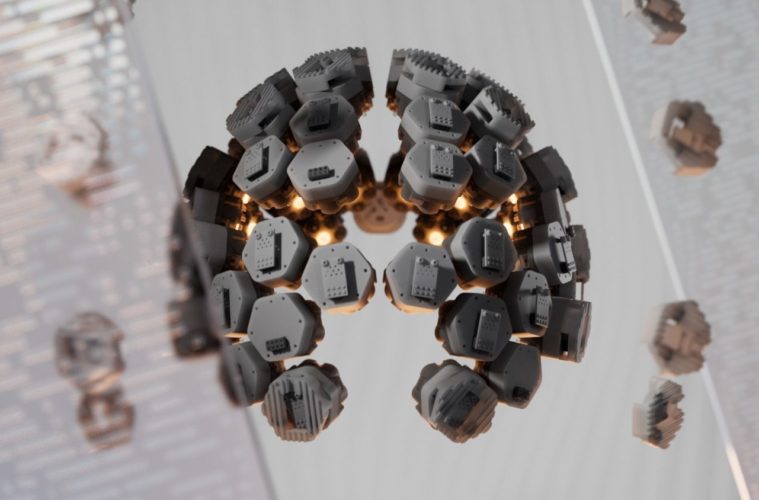A couple of months removed from winning Company of the Year at the biggest psychedelic biopharma conference ever, Cybin CEO Doug Drysdale talked with us about the effort to get to clinical trials.
Last November at Wonderland: Miami, the psychedelics world converged to talk what’s now, what’s next and, thankfully, there were some shamans there to remind everyone what had already happened. The aura of progress was thick, the 35-year-old Multidisciplinary Association for Psychedelic Studies noted it was tracking over 400 companies that had entered the space. Most of the ones that mattered were there in Miami.
A lot of those 400 companies are filled with hypotheticals. But not Cybin. Over the last couple of years, the company has been running parallel development programs aimed at creating a psilocybin analog in hopes of getting to clinical trials. But how did it get out of the gate so quickly as to take home awards in Miami?
“The founders were kind of watching the tea leaves, what was going on — the chatter about psychedelics was increasing. Cannabis has become more and more accepted. And I think the general sentiment toward trying different approaches to treatment was changing,” Drysdale told L.A. Weekly. “Then we were in a pandemic that suddenly hit and there was a bigger focus on mental health; I think those things kind of aligned and got the momentum going.”
As the pandemic rolled on into Summer 2020, Cybin did a major funding round — eventually going from 5 to 55 employees taking part in its mission, and arguably the race. While Cybin is one of the best-positioned in the moment, it’s critical it keeps the pace of development.

The Kernel neuroimaging helmet Cybin is using in its research.
“So realistically, there may be 50 or 60 companies that are ready to have any kind of momentum. A good 50 of them are public, which is really unusual,” Drysdale said of having so many new public companies in any space at once.
But even when Drysdale looks at the people that may be perceived as competition, not all of them are doing drug development, and very few of them have a lot of capital.
“At the end of the day, drug development is very expensive and takes a long time,” Drysdale said, “So I think this quarter, this year, it’s already gotten more difficult to raise capital. The SEC has got a little bit more skeptical, more biotech like. So, show me the money, show me the data.”
Drysdale expects another consolidating factor to be the early wave of IP patents starting to drop. Those are going to create opportunities for some and hurdles for others, but he would be surprised if 12 months from now there are more than 10 major players in the space.
We asked Drysdale how many people are in a race to patent the same thing without even realizing it at the moment. He replied there is likely a lot of that going on.
“So a patent isn’t just one idea. It often contains 50, 60, 100 claims, or different nuances,” Drysdale said, “So likely, these patents will issue, but not all the claims will issue and there’ll be this patchwork of IP.“
Drysdale expects to see collaboration and buyouts as people try and pull as much winning IP under their umbrella as possible.
Cybin’s race car is a lot further down the track than most and it’s called CYB003. The last 12 months of development have included getting approved for a first-of-its-kind psychedelic neuroimaging study by the FDA, 74 pre-clinical studies, getting listed on the New York Stock Exchange, and operating in the U.S., Canada, The U.K., and Ireland.
A lot of Cybin’s work has been around getting past what it believes are significant limitations to using psilocybin in a clinical setting. For example, the amount of time it takes oral psilocybin doses to kick in and wear off takes a lot of clinical hours. There are also variances in the way different people absorb psilocybin . Not to mention the opposite of absorption — a lot of people puke.
“All of this increases the time and results burden on patients and providers, limiting scalability and accessibility,” Drysdale said.
Cybin’s first compound development process for CYB001 was aimed to improve the membrane permeation in the brain, in the hopes of making the medicine work faster. CYB002 was a fast-release oral psilocybin analog that worked fast, but lasted too long. In CYB003, they’ve merged everything they learned so far.
Cybin’s Chief R&D officer Michael Palfreyman Ph.D. spoke on CYB003’s development in November, and started with a lot of the clinical issues of psilocybin . But everything they’ve done over the last couple of years has been aimed at predicting what that safe and effective human dose will be. They now have something with more stable blood plasma levels compared to psilocybin , a faster onset time, a shorter duration and better brain penetration.
Brain penetration is one of the biggest factors in the hurdles of psilocybin , but the results on CYB003 are promising. Nearly twice as much of the active CYB003 made it into the brain psilocybin . 
“This could lead to obviously lower doses but also possibly less things that are side effects, like nausea,” Palfreyman said, “So if I sort of put this together as sort of a summary chart, we know that psilocybin works as a great potential to work as a therapeutic. We’ve got very good preclinical data that has confirmed that CYB003 also will have very similar, not identical therapeutic effects to psilocybin .”
One of the arguments against rapid onset and faster treatment sessions in the moment, is that they won’t promote the same kind of deep healing experiences. It would seem there isn’t a big enough data pool yet to take sides in the argument; we asked Dysdale to weigh in.
“Yeah, I mean there’s a lot we don’t know about those nuances, right?” Drysdale replied, “How does it vary from one patient to another? How’s it vary between more severe diseases and others? Is it two doses? Is it three does? Does a short 10-minute dose versus eight-hour dose, does it work? Yeah, there’s a lot. This is exactly what we don’t know, this is drug development. The good thing is, we’re starting from a point where we know there is efficacy.”
As for the first trials on people? It’s looking like 36 patients in the UK. They’ll be in three cohorts taking escalating doses. From there they will set a baseline for an effective dose, and then take that into studies with hundreds of participants.
Next we went into whether Cybin has looked at the way absorption rates work across different races.
“Nowhere near enough samples at this point to do that, to say that, but that’s a really important point,” Drysdale said, “I think as we look at our larger study, which will be in 2023, that study might be a couple hundred patients. It’s really important to make sure that the population is diverse. I think that’s something that’s missing in this space.”
Much of the psychedelic healing conversation has traditionally been associated with indigenous peoples. We asked Drysdale what he would say to a shaman if he asked where they fit in, what is to come?
“That’s a good question. They could teach us a lot and our goal is to learn from it. And at the same time, my view is that the best way to make these treatments broadly accessible to as many people as possible, is to get them FDA, Health Canada whatever, approved and reimbursed, so that they can get paid for,” Drysdale said. “If that happens, far more people will be able to access them than they can today.”
Advertising disclosure: We may receive compensation for some of the links in our stories. Thank you for supporting LA Weekly and our advertisers.

